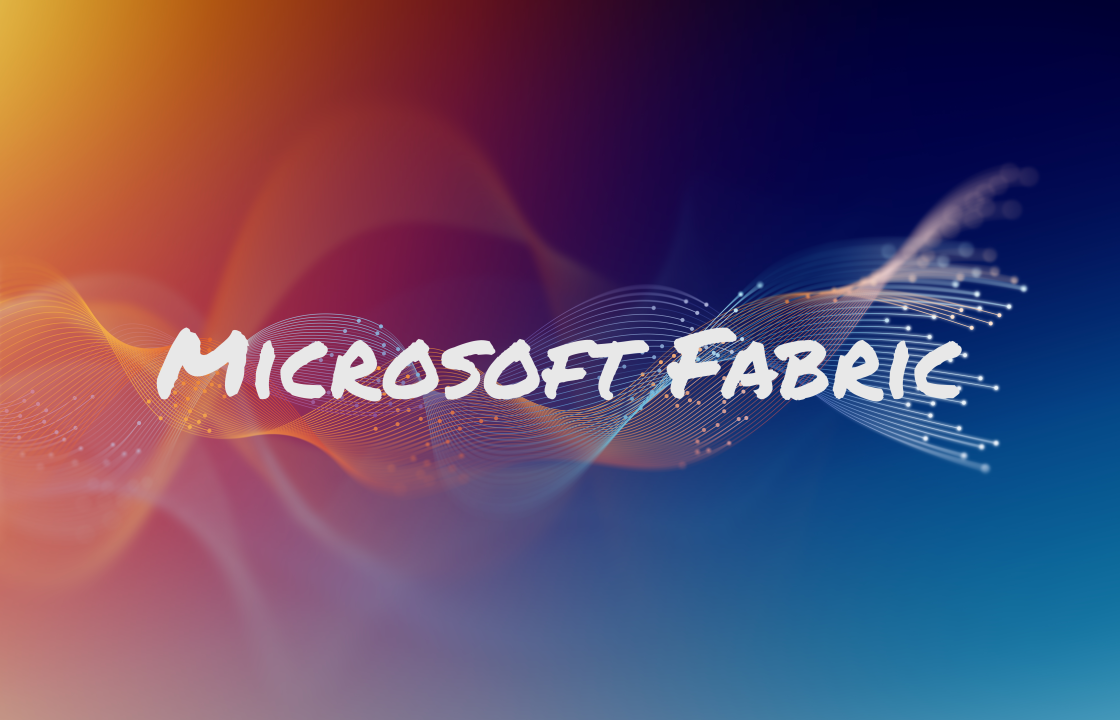Microsoft Fabric: Empowering Data-Driven Organizations with Advanced Data Integration and Analytics
In today’s data-rich world, organizations are constantly seeking ways to harness the power of their data to gain valuable insights and make informed decisions. The ability to effectively manage, process, and analyze massive amounts of data has become a critical factor for success. Recognizing this need, Microsoft has developed an innovative solution called Microsoft Fabric, which is revolutionizing the way data-driven organizations operate. In this blog post, we will explore how Microsoft Fabric is transforming the data landscape and empowering organizations to unlock the full potential of their data.
What is Microsoft Fabric?
Microsoft Fabric is a comprehensive data integration and processing platform that enables organizations to connect, process, and analyze data from a wide range of sources in real-time. It combines the power of big data processing, analytics, and artificial intelligence (AI) capabilities to provide a unified and scalable solution for data-driven organizations.
Key Features and Benefits
Data Integration: Microsoft Fabric offers robust data integration capabilities, allowing organizations to ingest data from various sources, such as databases, cloud services, streaming platforms, and IoT devices. It supports both structured and unstructured data, enabling organizations to leverage all types of information for analysis and decision-making.
Scalability and Flexibility: With Microsoft Fabric, organizations can scale their data processing and analytics capabilities effortlessly. The platform can handle massive volumes of data, ensuring high performance and reliability even in the face of growing data demands. Moreover, it provides flexibility in terms of deployment options, allowing organizations to choose between on-premises, cloud, or hybrid environments based on their specific requirements.
Real-time Processing: Real-time data processing is a crucial aspect of modern data-driven organizations. Microsoft Fabric enables organizations to process and analyze streaming data in real-time, allowing for instant insights and quicker decision-making. By processing data as it arrives, organizations can detect anomalies, respond to events, and uncover patterns promptly.
Advanced Analytics and AI: Microsoft Fabric integrates seamlessly with the broader Microsoft Azure ecosystem, providing access to a rich set of analytics and AI services. Organizations can leverage Azure Machine Learning, Azure Databricks, and other advanced tools to perform complex analytics tasks, build predictive models, and gain deeper insights from their data. The integration with Power BI enables users to create interactive visualizations and dashboards for data exploration and reporting.
Data Governance and Security: Data security and governance are of utmost importance in the modern data landscape. Microsoft Fabric incorporates robust security features, including encryption, identity and access management, and data privacy controls. It also helps organizations comply with regulatory requirements and industry standards, ensuring data protection and privacy.
Use Cases
Microsoft Fabric finds applications across various industries and sectors. Here are a few notable use cases:
Retail: Retailers can leverage Microsoft Fabric to analyze customer data, sales trends, and inventory levels in real-time. This helps optimize supply chain management, enhance customer experience, and enable personalized marketing campaigns.
Manufacturing: Manufacturers can use Microsoft Fabric to integrate data from IoT sensors, machines, and production systems. Real-time analytics can help identify production bottlenecks, predict equipment failures, and optimize overall operational efficiency.
Healthcare: Healthcare organizations can leverage Microsoft Fabric to process and analyze vast amounts of patient data, electronic health records, and medical imaging data. This facilitates faster diagnosis, personalized treatments, and predictive analytics for disease prevention.
Simplified Data Management
Microsoft Fabric offers a unified and intuitive interface for managing data pipelines, workflows, and data transformations. Organizations can easily design, deploy, and monitor data integration processes without the need for complex coding or manual intervention. This simplifies the overall data management process and reduces the time and effort required for data integration tasks.
Cost Optimization
Microsoft Fabric’s scalability and flexibility help organizations optimize their costs associated with data processing and analytics. The platform allows organizations to dynamically scale their resources based on demand, ensuring efficient resource utilization and cost savings. Additionally, the integration with Azure services enables organizations to take advantage of pay-as-you-go pricing models, eliminating the need for upfront infrastructure investments.
Democratizing Data Insights
Microsoft Fabric empowers business users and data analysts by providing them with self-service capabilities to access and analyze data. The platform enables users to build and deploy data pipelines, perform data transformations, and run analytics workflows without heavy reliance on IT or data engineering teams. This democratization of data insights fosters a culture of data-driven decision-making across the organization.
Rapid Time to Value
Microsoft Fabric’s pre-built connectors, templates, and integration with popular data services accelerate the time to value for organizations. The platform reduces the complexity and development time associated with building data pipelines and processing workflows from scratch. This allows organizations to quickly leverage their data assets and gain actionable insights, ultimately driving faster innovation and competitive advantage.
Collaboration and Integration
Microsoft Fabric seamlessly integrates with other Microsoft products and services, fostering collaboration and enabling organizations to leverage their existing technology investments. Integration with tools like Azure Data Factory, Azure Logic Apps, and Azure Functions allows for end-to-end data workflows and enables smooth data movement across the entire data ecosystem. This interoperability promotes a cohesive data infrastructure and enhances the overall data-driven capabilities of organizations.
Microsoft Fabric stands out as a game-changer for data-driven organizations by providing a comprehensive platform for data integration, processing, and analytics. Its robust features, scalability, real-time processing capabilities, and integration with the broader Microsoft ecosystem empower organizations to unleash the full potential of their data. By leveraging Microsoft Fabric, organizations can streamline their data operations, gain valuable insights, and make data-driven decisions to stay ahead in today’s competitive landscape. Embracing this innovative solution is a significant step towards transforming into a truly data-driven organization.

